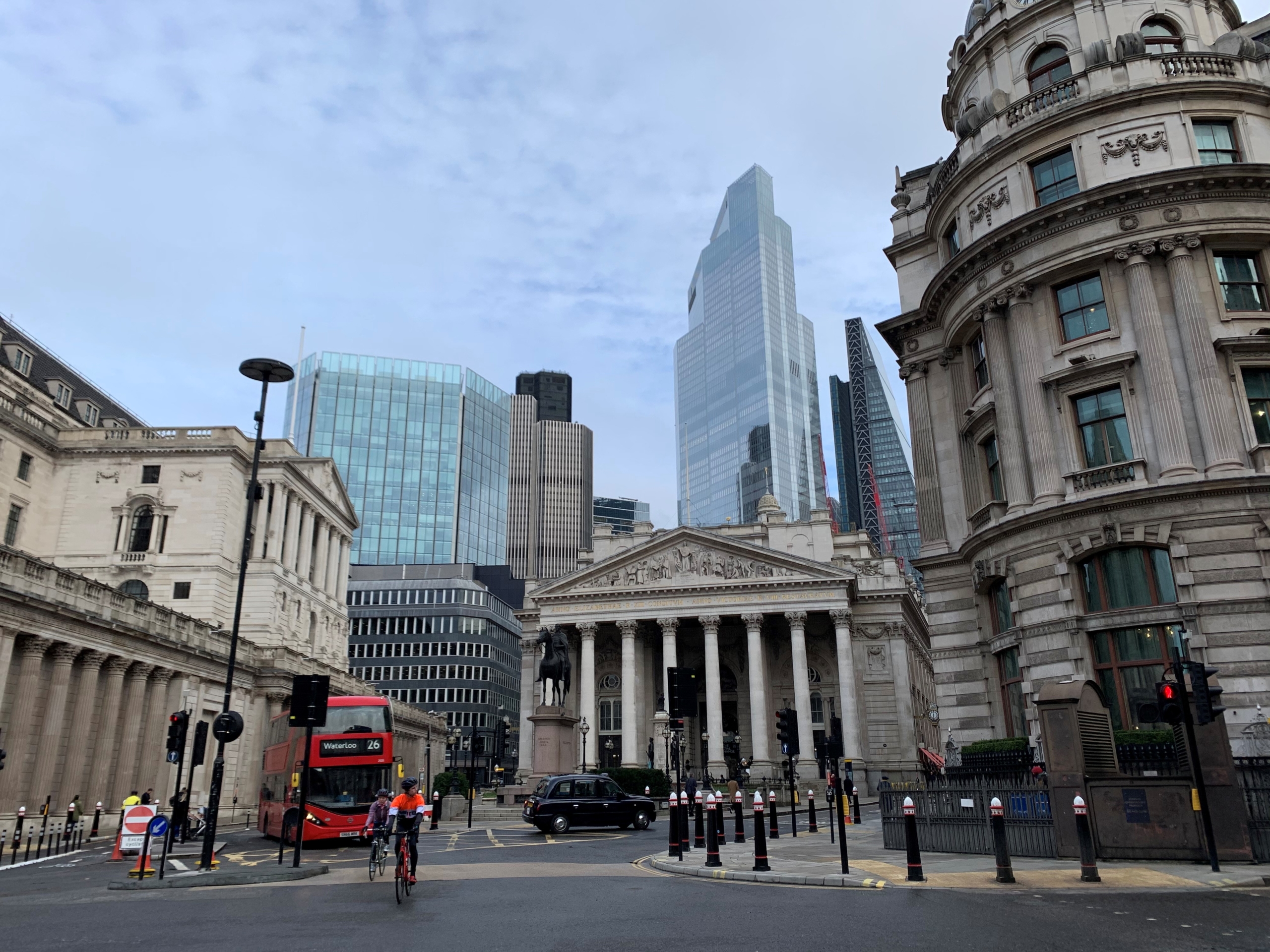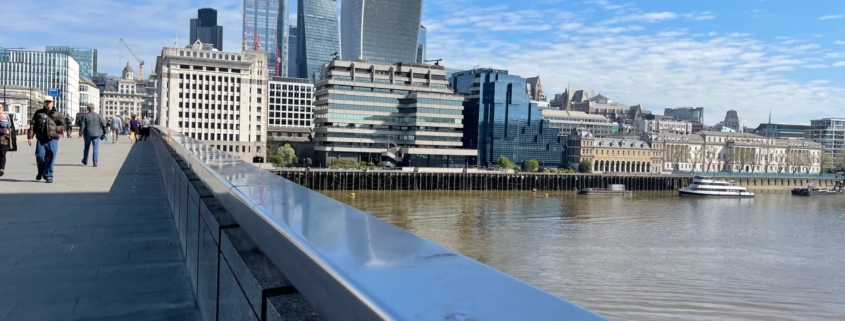Discover Aluminium Architecture in London
The strength and resilience of aluminium make it an important construction material. Its potential first came to light in the 1930s, when it was specified as a material of choice for the internal structure and external spire of the iconic Empire State Building. Since then, aluminium has featured in many innovative and inspiring designs. In this article, we encourage you to seek out aluminium architecture in London.
Architectural Landmarks of London
April marks one of the biggest annual events in our capital, the London Marathon. The 50,000 runners pass some of the city’s most notable landmarks on the 26.1 mile route. These include Big Ben, Canary Wharf, Tower Bridge and the London Eye. Thousands more tourists will visit these and other sites in London over the summer. If you are one of them, we’ve got a few additions to your list.
The First Cast Aluminium Statue
The bright lights and buzz of Piccadilly Circus make it a top tourist destination. This is home to one of London’s best-known statues, Eros. However, few people know that this was a prototype design, as it on of the first statues to be formed from cast aluminium.
The design of this memorial to Lord Shaftsbury is only possible because of the lightweight properties of aluminium. In any other metal, it would be top-heavy and unable to balance. The work by artist Alfred Gilbert was unveiled in 1893 in Shaftsbury Square and was relocated to its current position in the 1920s.
An Art Deco Icon
The Empire State Building wasn’t the only Art Deco construction to use aluminium. The best example in London was the Daily Express Building, which opened in 1932 and is now Grade II listed. This stylish construction includes aluminium window frames holding black vitrolite glass panels. The interior atrium featured an aluminium ceiling and light decorations.
Due to the demolition and redevelopment of adjacent buildings, each of the 2m x 3.3m aluminium frames and glass panels have recently been carefully dismantled and catalogued. Despite being over 90 years old, they remain in excellent condition. So, when work on the surrounding area is complete, they will be reassembled.
Iconic Shaped Buildings
If we said 30 St Mary Axe, you probably wouldn’t know what we were talking about. However, it’s more commonly known by its nickname, ‘The Gherkin’. This unusually shaped building has vertical support from a series of interconnecting A-frames, which reach up to the second storey. Although constructed from steel, a condition of the build was to cover the A-frames in aluminium as a fireproofing method.
Look out from the Gherkin and you’ll see 20 Fenchurch Street, also known as the ‘Walkie Talkie’ and home to the Sky Gardens. The exterior of this skyscraper is formed from triple-glazed glass and aluminium cladding.
RIBA Award-Winning Aluminium Clad University
Close to the start of the London Marathon and neighbouring the O2 on the Greenwich Peninsula is Ravensbourne University. The Institute of Creativity Technology, Design Communications building is a beautiful construction which features 28,000 anodised aluminium tiles, surrounding circular windows.
Using three tile shapes and three colour variations, Foreign Office architects created a highly desirable place to study, which opened in 2010. In addition to looking great, this construction meets the BREEAM qualification of environmental excellence. There are public access areas if you want to take a look inside.

Textured Cast Aluminium Cladding
Although it was designed nearly two centuries after Eros, cast aluminium cladding was a step into the unknown when it was selected by Simon Bowden Architects as the material of choice for The Compton. This elegant, high-end residential building in St Johns Wood gives a nod to the Art Deco style, with a geometric design and curved façade.
Cast aluminium provided a practical material for creating the shaped cladding, especially as the architects wanted a textured finish. This adds aesthetic interest, yet also plays a functional role by carefully controlling the levels of light and heat that are absorbed and reflected by the metal. The 49 luxury apartments were snapped up when they went on the market in 2019.
Temporary Aluminium Dome
One example of aluminium architecture in London was dismantled after use. The Dome of Discovery was designed by Ralph Tunns and built for the 1951 Festival of Britain exhibition. It was located on the South Bank and at the time was the largest domed structure in the world. Looking like something that landed from outer space, it provided the ideal space for a display focused on exploration and discovery.
Fortunately, aluminium is infinitely recyclable. So, when this and other aluminium constructions are dismantled, the material can be processed and reused on the next project. Yes, aluminium is a fantastic example of a sustainable building material.
Solutions in Aluminium
From historic to contemporary, there are plenty of architectural examples which showcase the versatility and performance of aluminium. Not all are as iconic as those shared in this article. Our team regularly fabricate, finish and assemble aluminium frames and features. These are used in the interior and exterior of residential and commercial developments and refits.
To discuss your design concepts or requirements for bespoke aluminium extruded parts, get in touch. Call 01296 431292 or email sales@salesmade.co.uk to start the conversation.

